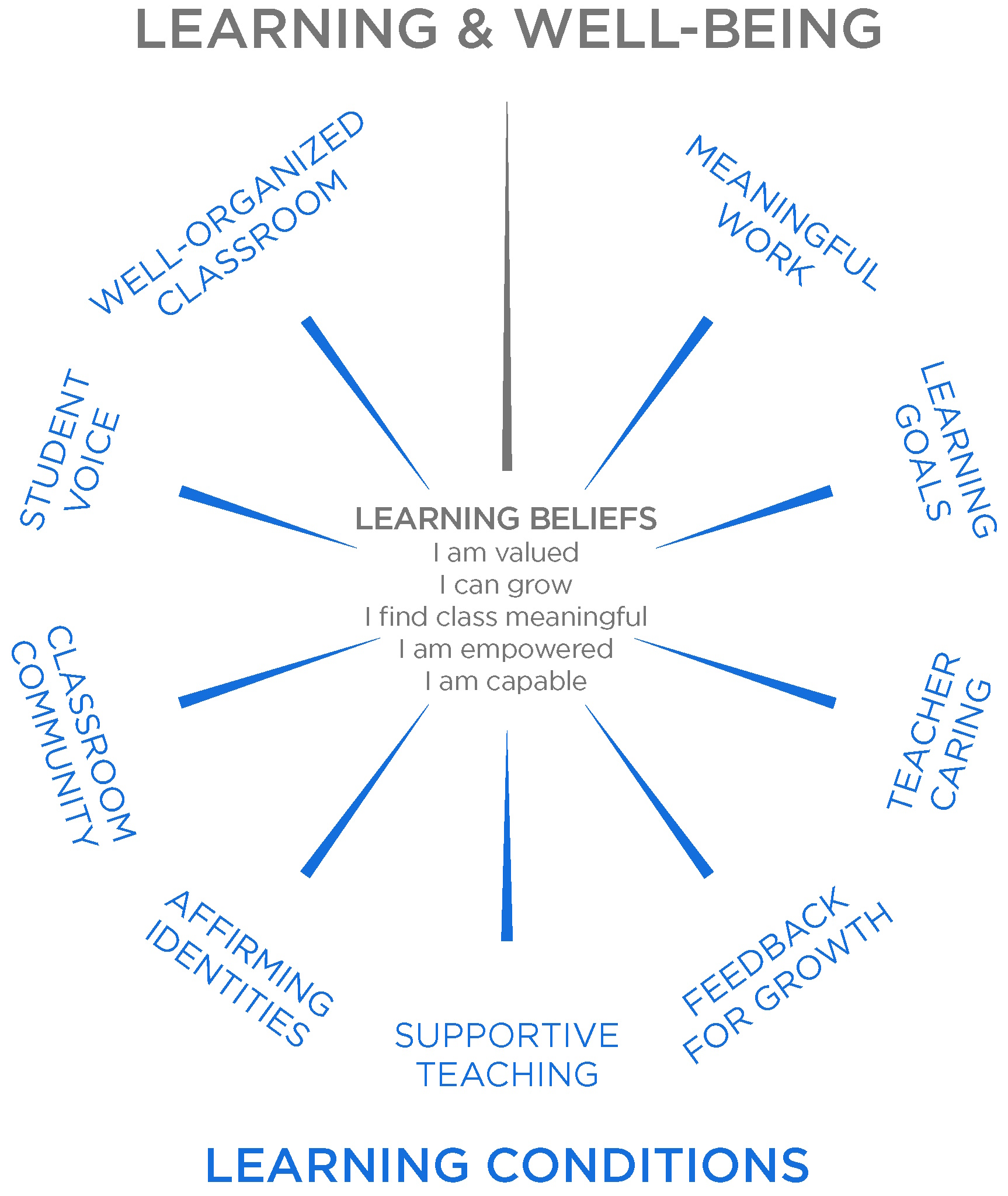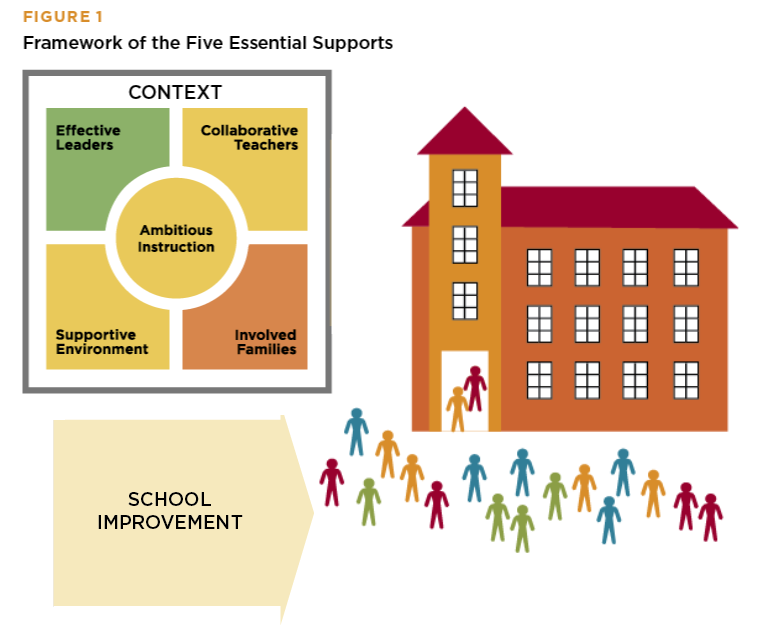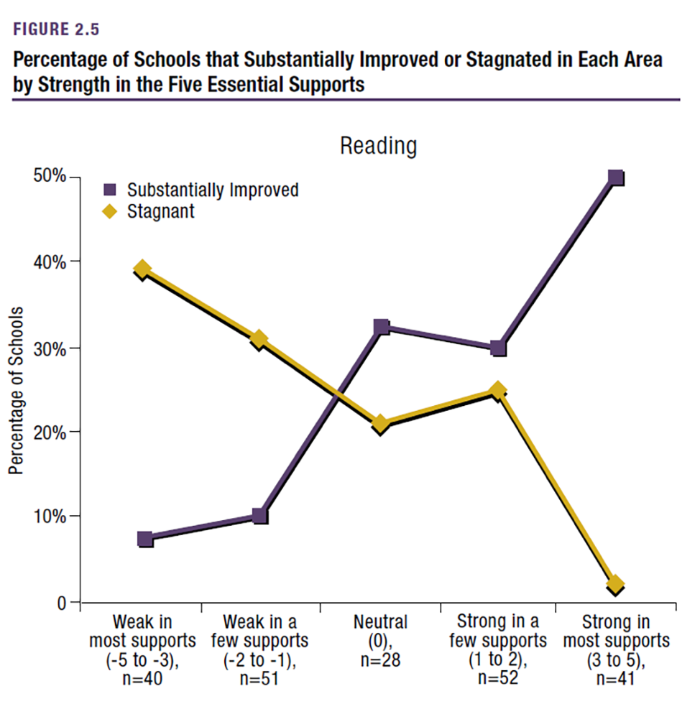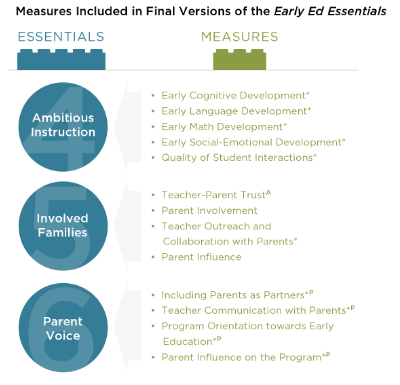Want to help students improve their academic outcomes?
Improving how students experience their classrooms is a key step.
Cultivate supports educators in creating learning environments that can positively shape students' beliefs—ultimately contributing to their learning and well-being.
WHY use Cultivate?
- Research shows that in educational spaces, learning conditions—structures, norms, and practices—shape students' beliefs and have significant impacts on their learning and well-being.
- The Cultivate system—survey, framework, tools, and resources—can support educators as they work to understand and improve the daily experiences of students in their classrooms.
- Cultivate was designed to provide a safe space for teachers to get feedback from their students on how their instructional efforts are being received.
- Importantly, Cultivate is not a tool for accountability, nor is it designed to be used to evaluate teachers.
- Its primary purpose is to cultivate a partnership between educators and students.
WHO is Cultivate for?
The Cultivate Survey can be administered in one of two ways:
- Cultivate for Schools: Cultivate is administered to all of a schools’ 5th-12th grade classrooms. Students in each of those grades are randomly assigned to report on their English, math, science, or social studies class. Survey results are grouped by grade level and subject area; classroom- and teacher-level data is not reported. Grade-level and subject-area teacher teams can work together to create plans for improving Learning Conditions for their grade or subject taught, or the whole school can work on one Learning Condition across all grade levels and subjects. Each of these approaches can support the development of positive learning environments across a school.
- Cultivate for Coaches: Cultivate is administered within the context of a coaching support program. Teachers who are receiving one-on-one coaching support administer Cultivate to all of their students. With Cultivate for Coaches—unlike Cultivate for Schools—teachers receive their individual results, specific to them and their classroom(s), and can work with their coach to create a plan for improving their practices accordingly.
WHEN do students take the Cultivate Survey?
- The Cultivate Survey takes 15-20 minutes to complete and is taken by middle grades and high school students twice a year: once in the fall and again in the spring.
- Students are randomly assigned to respond to questions about one of their core classes each year (math, social studies, English language arts, or science)—the same class for fall and spring surveys.
WHAT happens after students take the survey?
- Educators receive Cultivate reports after the survey window closes. The report provides student feedback on the nine Learning Conditions in classrooms:
- Affirming Identities: Recognition and affirmation of student identities
- Classroom Community: Sense of community and mutual support among classmates
- Feedback for Growth: Nature and quality of teacher feedback to improve student work
- Learning Goals: Accessibility and connectedness of instructional goals
- Meaningful Work: Interest and relevance of classroom learning for students
- Student Voice: Opportunities for and responsiveness to student ideas and input
- Supportive Teaching: Breadth and quality of teacher’s instructional support for learning
- Teacher Caring: Strength and quality of teacher’s one-on-one relationships with students
- Well-Organized Classroom: Clarity and helpfulness of classroom systems and routines
- Cultivate reports help educators to dig into the distribution of students’ responses to the survey items and disaggregate overall measures scores by both classroom characteristics and student demographics.
- The report also shows how the Learning Conditions are connected to students’ reports of their Learning Beliefs, which educators are able to explore in the Learning Belief appendix. The five Learning Beliefs included in the Cultivate report are:
- I am valued
- I can grow
- I find class purposeful
- I am empowered
- I am capable
- The report culminates with a collection of resources for each Learning Condition that educators can use to collaborate with colleagues and partner with their students to improve classrooms.
HOW does Cultivate fit in with what we’re already doing in my classroom/school?
- Teachers are working to improve their classrooms in many ways—like implementing new organizational systems or strengthening the sense of community among students. Cultivate provides teachers with another data point they can use to guide their continuous improvement efforts—a data point from students, the people best positioned to weigh in on how classroom improvement efforts are going.
- Schools using both 5Essentials and Cultivate are able to access both a broad and a deep understanding of students’ school and classroom experiences, and thus identify different levers to help improve conditions at both the school and classroom levels.
WHERE can I get more information?
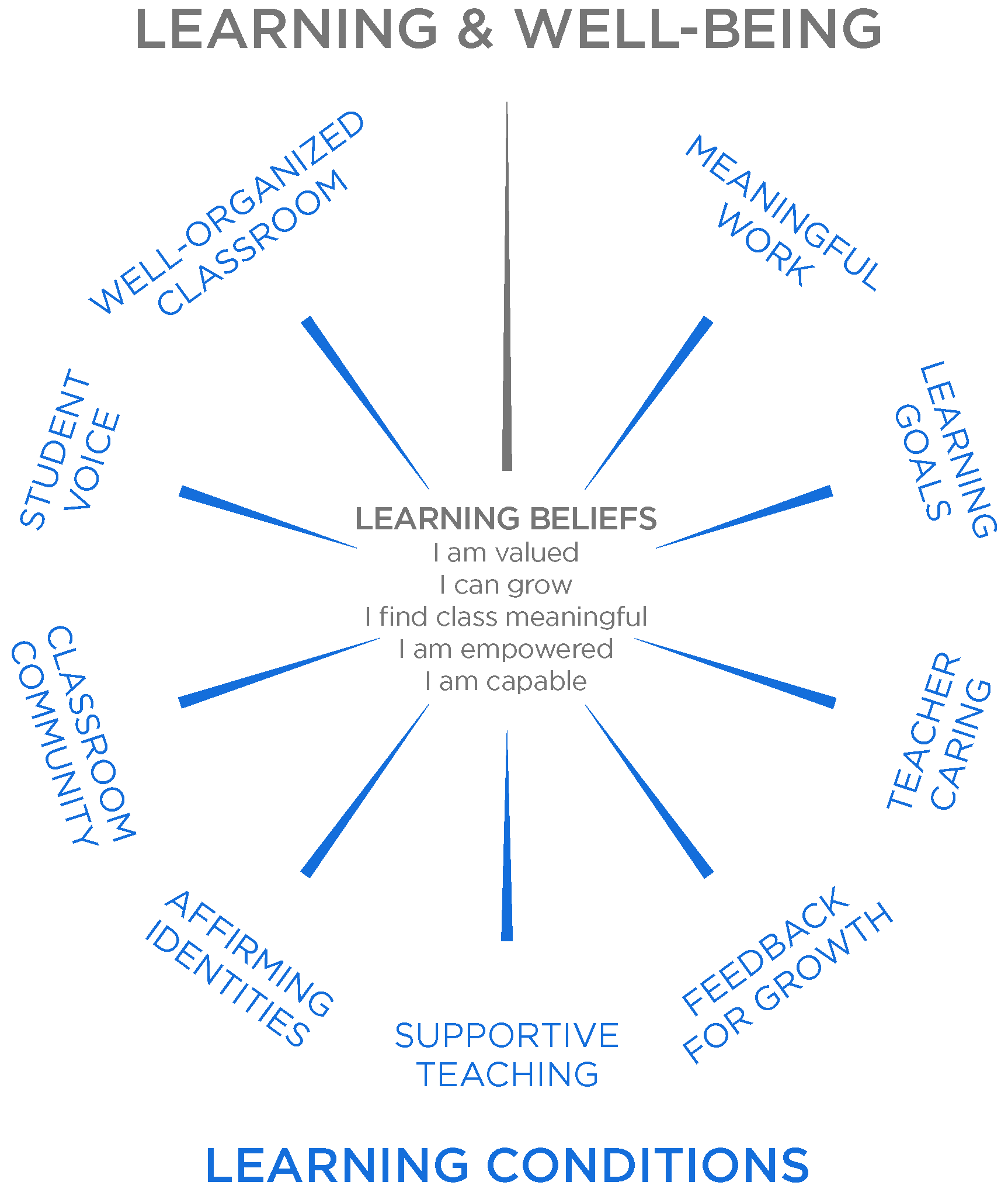
Students’ classroom experiences shape not only their academic learning—
but also their beliefs about
what kind of person they are,
what they are capable of,
what kind of place school is,
how people feel about them in school,
what kind of world they live in,
whether it’s a place that is kind and fair, or brutal and indifferent.
All of these beliefs are being shaped every minute, every day, in every classroom—and as you can clearly imagine, they have a powerful influence in the course of a young person’s life, well beyond school.
Camille Farrington, Cultivate co-creator
